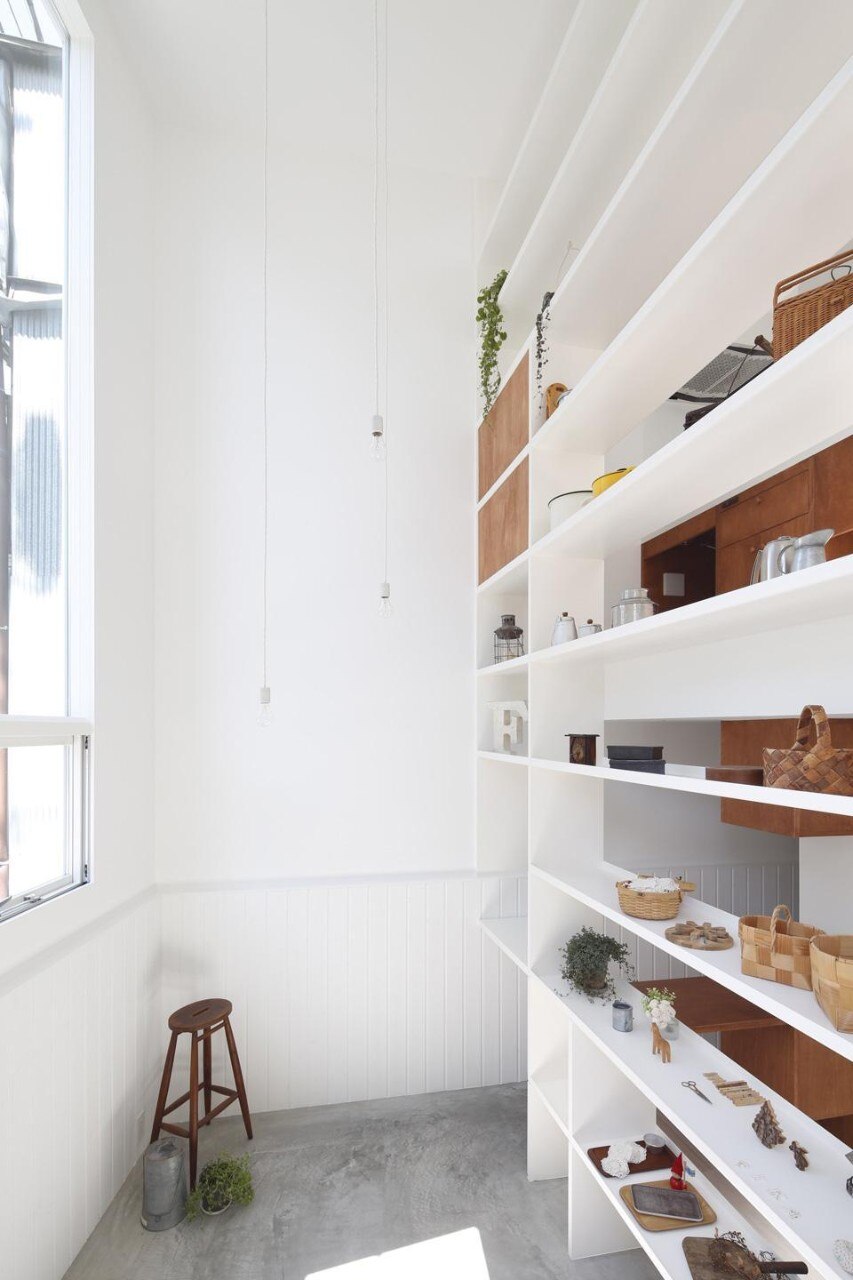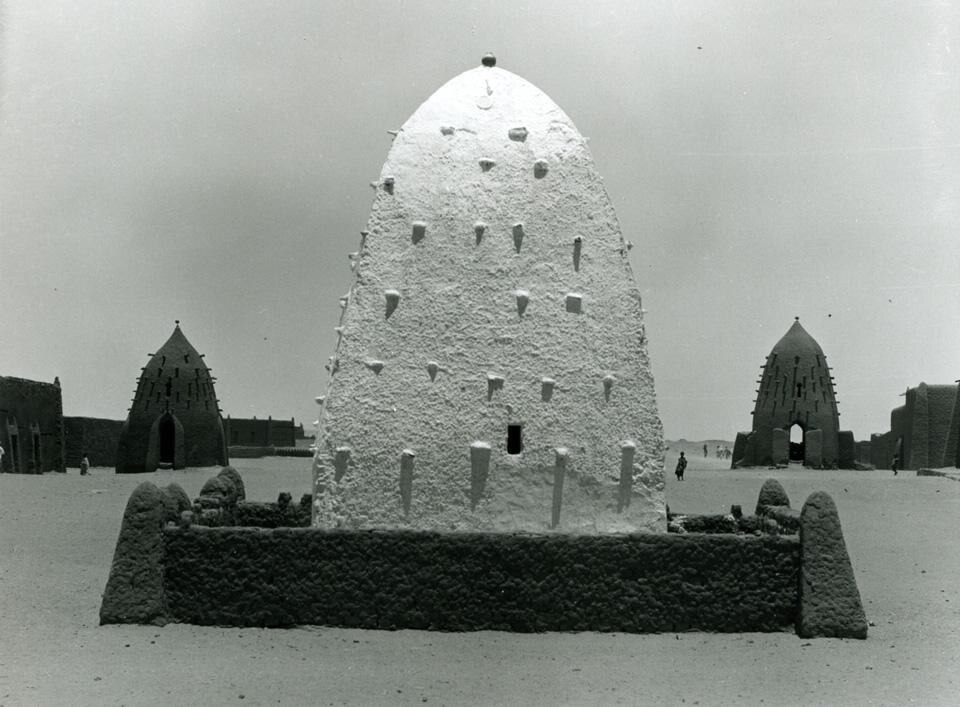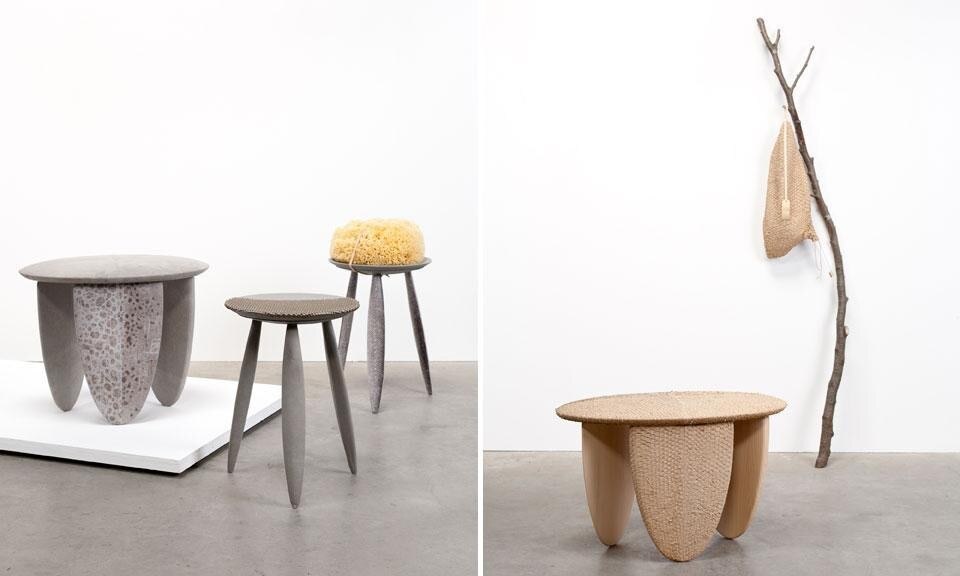In Tokyo, we visit a three-storey house and store that ties together the concept of display and the spectacle of everyday life. From Lugano arrives a report on the work of Swiss photographer Peter W. Häberlin, who travelled extensively through North Africa in the early 1950s, and in London, Studio Formafantasma present their research project on the cultural history of leather at Gallery Libby Sellers.
The International Space Orchestra
A design report from Rotterdam by Nicola Bozzi
Nelly Ben Hayoun is quick to correct those that call her an artist. She is a designer, but it's easy to explain the misunderstanding: her approach to the practice escapes the boundaries of mere object-making, overflowing onto performance and theater territory with propulsive determination. In fact, talking about propulsion, she's been into all things space for a while. Ben Hayoun's space obsession has recently culminated in her largest endeavour to date, the International Space Orchestra. This time, she managed to put together a whole ensemble entirely consisting of members of the NASA Ames Research Center, SETI (Search for Extraterrestrial Intelligence), Singularity University and the International Space University, later making them perform a stage opera inspired by control rooms. With the world's largest wind tunnel as a strikingly scenic backdrop, the painstakingly-choreographed performance is the apex of a documentary that premiered 25 January at the Rotterdam Film Festival.
[ Read the full article ]
1.jpg.foto.rmedium.jpg)
An architecture report by Giampiero Bosoni
From ships to trains, motorbikes and cars, planes and even spacecraft, the history of every means of locomotion reveals a peculiar combination of coherently harmonious, streamlined forms dedicated to speed, and the pleasure of overcoming extreme sensations like those of flight and gravitational force. In its more experimental or applicative phases, design progress in this field has had to reckon with such conflicts as desire and refusal, pleasure and fear, in relation to the exciting or scary emotions aroused by sudden, sometimes violent alterations of our bodily state. Serving no useful travel purpose, roller-coasters spring from the idea introduced by technology and industrial society to pursue the evolution of this unique phenomenon of speed, seeking to reproduce the combined emotions that it sparks in what might be called "controlled" laboratory conditions. All this fascinating engineered architecture was not of course created to train pilots or astronauts, but as spectacular machines that induce intense emotional reactions.
[ Read the full article ]

A news report from Tokyo
Japanese studio ON design partners has completed Fika, a house and Scandinavian sundries store in Tokyo's Nagasaki neighbourhood. The three-storey house shares a single wall — transformed into a display shelf — with the store, where a myriad small items are placed as a precious collection of objects, rather than a typical product display. Costumers can enter the store and browse the shelves, where products for sale are placed alongside objects used in the daily life of the house. The minimal store interior features a high ceiling and a floor to ceiling window, allowing for light to enter both the store and the house, and for passersby to admire the artistic object display. Inside the house, life takes place in three different floors, with living spaces in the first and second floors, and private spaces at the basement level. "When a washed teacup is placed on the shelf," state architects Osamu Nishida, Hirotaka Isshiki and Rie Yanai, "it becomes a marketable product."
[ Read the full article ]

An art report from Lugano by Laura Bossi
In 1933, a 21-year-old Swiss man set off from his home in Canton Thurgau to walk to Africa. He passed through mainland Italy, stopping at Capri and Positano, before proceeding on to Palermo, where he embarked on a ship to Tunis. Walking and hitching lifts in lorries, he travelled from Tunisia to Morocco. In Algeria, he saw the desert and stopped at the oasis of Biskra before heading farther south to the city of Touggourt. During this journey — followed by another four between 1949 and 1952 — he created a reportage of outstanding beauty and his pictures are currently on display at Lugano's Villa Ciani. Peter W. Häberlin (1912-1953) was an unusual man. Family duty initially pushed him into an apprenticeship as a pastry maker but, after doing his military service, he realised that his homeland, Switzerland, was too small for him and photography became his future. After returning home following his first trip, Häberlin studied sculpture and photography in Hamburg before World War II forced him to move to Zurich and its applied arts school. There, he studied under Hans Finsler, who organised the Zurich school's photography course in 1932 and ran it until 1957.
[ Read the full article ]

A design report from London by Catharine Rossi
ou don't expect to come across salmon skin stools, scallop shell spoons and wolffish skin water bottles everyday, and especially not in such serene surroundings as London's Gallery Libby Sellers. You might be less surprised though when you realise that behind such exotic confections are Simone Farresin and Andrea Trimarchi of Studio Formafantasma. Craftica is the most recent chapter in Fendi's annual Design Performances programme, in which the luxury fashion house invites emerging practitioners to create work using offcuts from its production process. First presented at Design Miami/Basel in June 2012, this installation is the project's London debut. It is not a complete representation of the original show — several pieces are absent as they have already entered Fendi's archive. To make up for this absence Sellers has completed the display of Craftica objects with a selection of the studio's previous collections.
[ Read the full article ]


